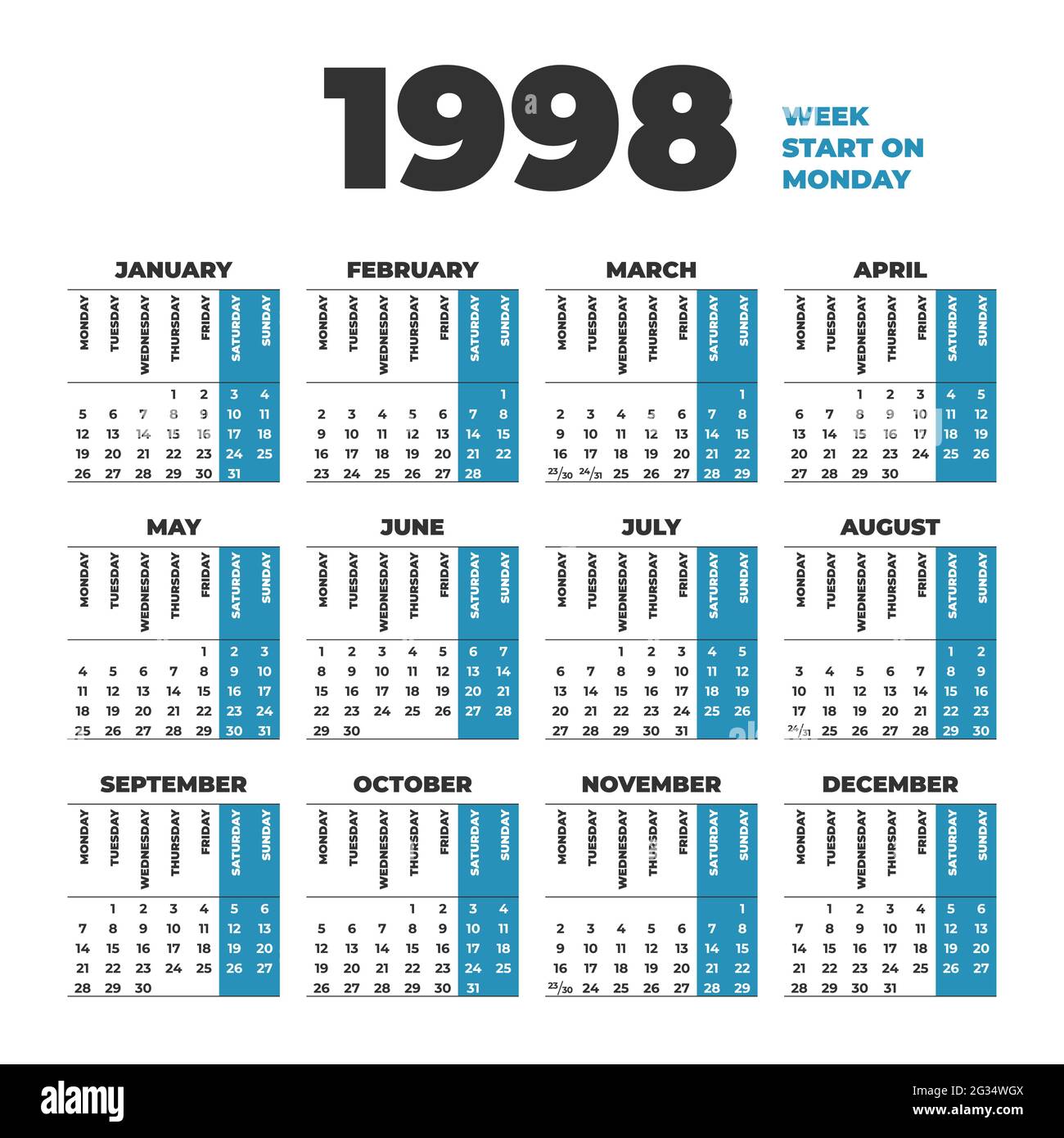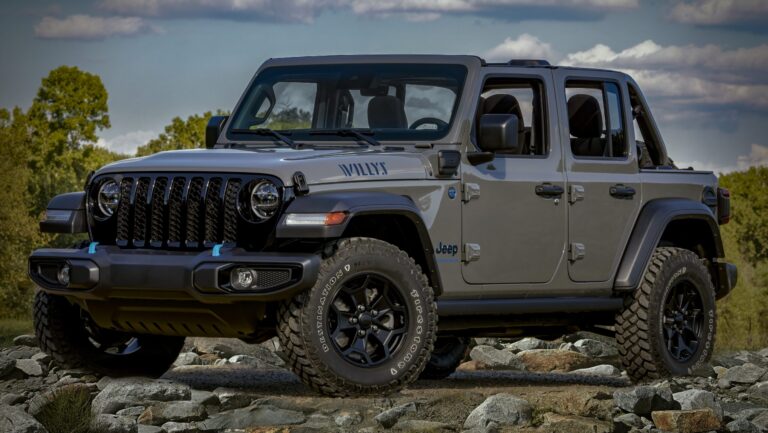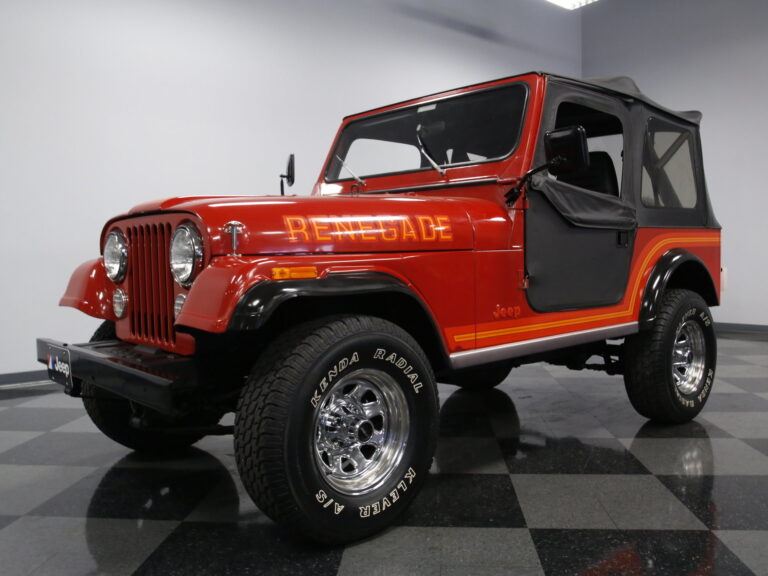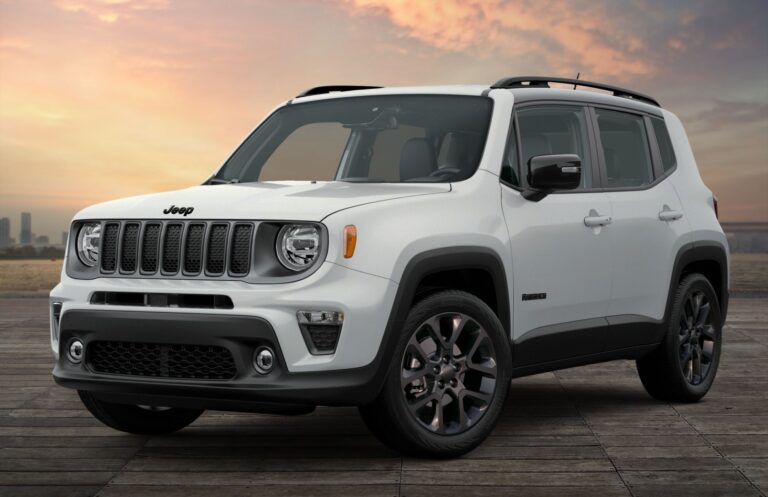1998 Jeep Engine 4.0 For Sale: Your Comprehensive Guide to Reviving a Legend
1998 Jeep Engine 4.0 For Sale: Your Comprehensive Guide to Reviving a Legend jeeps.truckstrend.com
The roar of a straight-six engine, the iconic seven-slot grille, and the promise of adventure – these are hallmarks of a Jeep. For many enthusiasts, the heart of that adventure beats thanks to the legendary AMC 4.0-liter inline-six engine. If you’re searching for a "1998 Jeep Engine 4.0 For Sale," you’re not just looking for a replacement part; you’re seeking to breathe new life into a beloved vehicle, whether it’s a trusty Cherokee XJ, a capable Wrangler TJ, or a robust Grand Cherokee ZJ. This article serves as your comprehensive guide to understanding, sourcing, and successfully integrating a 1998 Jeep 4.0L engine into your cherished rig.
The Legend Lives On: Understanding the 4.0L I6 Engine
1998 Jeep Engine 4.0 For Sale: Your Comprehensive Guide to Reviving a Legend
Introduced in 1987, the AMC (American Motors Corporation) 4.0-liter inline-six engine quickly became a cornerstone of Jeep’s powertrain lineup. Known for its robust cast-iron block, simple design, and impressive low-end torque, this engine earned a reputation for near-indestructible reliability and longevity. Unlike V-configuration engines, the inline-six design offers inherent balance, contributing to smoother operation and less vibration.
The 4.0L’s popularity stems from several key attributes:
- Durability: Built to withstand harsh conditions, many 4.0L engines routinely exceed 200,000 to 300,000 miles with proper maintenance.
- Simplicity: Its relatively straightforward design makes it easier for DIY mechanics to work on and diagnose issues.
- Torque: Delivering ample low-end torque, it’s perfectly suited for off-road crawling, towing, and daily driving.
- Parts Availability: Given its widespread use, parts are readily available and often affordable.
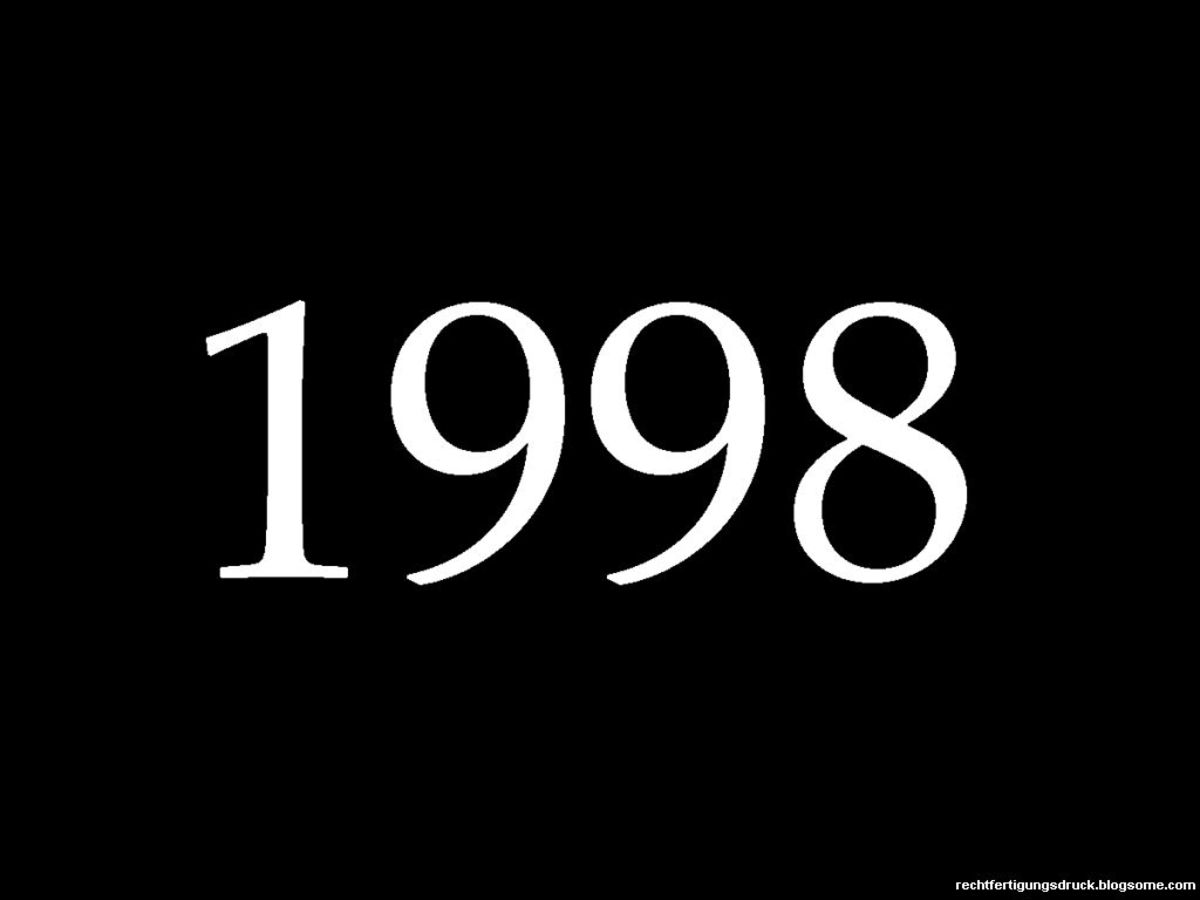
By 1998, the 4.0L engine had undergone several refinements, benefiting from years of production experience. It was fully OBD-II compliant, meaning standardized diagnostic ports and codes, making troubleshooting more accessible. While later models (2000-2001) sometimes suffered from a problematic 0331 cylinder head casting, the 1998 models typically featured the earlier, more robust head designs, making them particularly desirable for their blend of modern diagnostics and proven reliability.
Why a 1998 4.0L Engine? Specific Considerations for this Model Year
When specifically targeting a 1998 Jeep 4.0L engine, you’re looking at a sweet spot in its production run. This model year offers a unique combination of features that make it highly sought after for both replacement and swap projects:
- OBD-II Compliance: As mentioned, 1998 engines are fully OBD-II compliant. This is crucial for modern diagnostics, emissions testing, and ensures compatibility with your vehicle’s existing computer system (ECM/PCM) if you’re replacing an identical year engine.
- Robust Cylinder Head: The 1998 4.0L engine generally utilizes the more durable cylinder head castings (e.g., 0630 or earlier versions of the 0331 that predate the problematic casting change) which are less prone to cracking than those found in some later models (specifically 2000-2001). This is a significant advantage for long-term reliability.
- Distributor Ignition System: Unlike the coil-on-plug ignition system introduced in 2000, the 1998 4.0L still uses a traditional distributor. While some might see this as older technology, it’s often simpler to diagnose and repair, and the system is well-understood.
- Compatibility: A 1998 4.0L engine is a direct swap for other 1998 models across the XJ Cherokee, TJ Wrangler, and ZJ Grand Cherokee lines. With minor modifications to sensors or accessories, it can also be compatible with engines from earlier or slightly later model years, expanding your options.
Choosing a 1998 engine specifically means you’re aiming for a reliable, well-understood, and highly compatible power plant that avoids some of the minor pitfalls of later production years while still offering modern diagnostic capabilities.
Where to Find a 1998 Jeep 4.0L Engine For Sale
Finding the right 1998 Jeep 4.0L engine requires knowing where to look and understanding the different types available. Your search can begin in several places:
- Online Marketplaces: Websites like eBay Motors, Craigslist, and Facebook Marketplace are popular starting points. You’ll find a mix of private sellers, salvage yards, and smaller rebuilders. Be cautious and verify seller credibility.
- Specialized Jeep Forums & Communities: Online forums (e.g., NAXJA for Cherokees, JeepForum.com, etc.) often have "For Sale" sections where enthusiasts sell parts. These communities can also offer valuable advice and leads.
- Salvage Yards & Auto Recyclers: Companies like LKQ, local junkyards, or auto recyclers are excellent sources for used engines. They often test engines before pulling them and may offer limited warranties.
- Remanufactured Engine Suppliers: Companies specializing in remanufactured engines (e.g., Jasper Engines, Fraser Engines, ATK Engines) provide fully rebuilt and tested engines, usually with comprehensive warranties. While more expensive, they offer peace of mind.
- Local Mechanics & Jeep Specialists: Your local off-road shop or mechanic specializing in Jeeps might know of available engines, or even have one from a project vehicle they’re parting out.
What to Look For: Essential Inspection Checklist
Once you’ve located a potential 1998 Jeep 4.0L engine, a thorough inspection is paramount. Don’t rush the process, and if possible, inspect it in person.
- Visual Inspection:
- Oil Sludge/Milky Oil: Remove the oil filler cap and dipstick. Excessive sludge indicates poor maintenance. Milky oil suggests coolant contamination (blown head gasket, cracked block/head).
- Coolant Condition: Check the coolant reservoir and radiator. Rust, debris, or oil in the coolant are red flags.
- Leaks: Look for signs of oil, coolant, or power steering fluid leaks around seals (rear main, oil pan, valve cover), hoses, and the water pump.
- Cracks: Inspect the block and cylinder head for any visible cracks, especially around exhaust manifold bolts or freeze plugs.
- Overall Cleanliness: A very clean engine might suggest it was steam-cleaned to hide leaks. A moderate amount of dust is normal.
- Mechanical Checks (if possible):
- Compression Test: This is the gold standard. A healthy 4.0L should have compression readings of 120-150 psi per cylinder, with no more than 10-15% variance between cylinders. If a compression test cannot be performed, be wary.
- Crankshaft Rotation: Try to manually rotate the crankshaft (via the harmonic balancer bolt). It should turn smoothly without binding.
- Exhaust Manifold: Inspect for cracks, a common issue on 4.0L engines.
- Documentation: Ask for the donor vehicle’s VIN, mileage (if known), and any maintenance history. For rebuilt/remanufactured engines, inquire about the rebuild process and warranty details.
- Ancillaries: Confirm what components are included (e.g., intake manifold, exhaust manifold, sensors, throttle body, alternator, power steering pump, AC compressor). Often, only the long block (block and head) is included.
Types of 1998 Jeep 4.0L Engines For Sale
Understanding the different categories of engines available will help you make an informed decision based on your budget and desired level of reliability.
- Used/Salvage Engines: These are engines pulled directly from a donor vehicle, typically from a junkyard or a vehicle being parted out due to accident damage or rust.
- Pros: Most affordable option.
- Cons: Unknown history, mileage, and internal condition. "As-is" sales are common, meaning no warranty. High risk.
- Tested Used Engines: Similar to salvage engines, but the seller has performed basic tests (e.g., compression, run test before pulling) to verify functionality. Often come with a limited 30-90 day warranty.
- Pros: Slightly more confidence than "as-is" used. Still relatively affordable.
- Cons: Still a used engine with wear; warranty might be parts-only, not labor.
- Rebuilt Engines: These engines have been disassembled by a local shop, worn components (bearings, rings, gaskets, seals) replaced, and the cylinder head/block machined as needed.
- Pros: Better condition than used, often come with a warranty (e.g., 1-year).
- Cons: Quality can vary widely depending on the rebuilder. Not all components are replaced (e.g., camshaft, lifters might be reused).
- Remanufactured Engines: The highest quality option. These are completely disassembled, cleaned, inspected, and machined to OEM specifications. All wear components are replaced with new or reconditioned parts. They undergo rigorous testing.
- Pros: Closest thing to a new engine, excellent reliability, typically come with the best warranties (e.g., 3-year/100,000-mile).
- Cons: Most expensive option.
Installation & Compatibility: What You Need to Know
Swapping a 1998 4.0L engine into another 1998 Jeep is generally a direct bolt-in affair for the long block itself. However, there are crucial considerations:
- Donor vs. Recipient Vehicle: While the core engine is the same, ancillary components (alternator, power steering pump, AC compressor, fan clutch, intake manifold, exhaust manifold, sensors) might differ slightly between models (XJ, TJ, ZJ) or due to production variations. Be prepared to swap these from your old engine or purchase new ones.
- Wiring Harness & Sensors: The engine’s wiring harness and sensors must match your vehicle’s ECU (Engine Control Unit). For a 1998-to-1998 swap, this is usually straightforward. If swapping from a different year, sensor compatibility might require adapter harnesses or swapping sensors.
- Flexplate/Flywheel: Ensure the correct flexplate (for automatic transmissions) or flywheel (for manual transmissions) is included or that your existing one is compatible and in good condition.
- Transmission: The 4.0L engine has a standard bolt pattern for its bellhousing, making it compatible with various Jeep transmissions (AW4, AX-15, NV3550, 42RE, etc.).
- New Components: It’s highly recommended to replace key components during an engine swap, regardless of the engine’s condition:
- Water pump
- Thermostat
- All hoses (radiator, heater)
- Serpentine belt
- Spark plugs and wires (if applicable)
- Fluids (oil, coolant, power steering, transmission)
- Rear main seal (preventative maintenance)
- Motor mounts
Common Issues & Solutions for the 4.0L Engine
Even the legendary 4.0L has its quirks. Being aware of common issues helps you address them during installation or proactively maintain your "new" engine.
- Oil Leaks: The most common issue.
- Rear Main Seal: Prone to leaking. Best addressed during an engine swap while the engine is out.
- Oil Filter Adapter O-rings: Easily replaceable.
- Valve Cover Gasket: Replace with a quality gasket (e.g., Fel-Pro Permadry).
- Cooling System Issues: Overheating is the 4.0L’s biggest enemy.
- Weak Water Pump/Thermostat: Replace these during the swap.
- Radiator Clogging: Flush or replace.
- Fan Clutch: Ensure it’s working properly.
- Solutions: Maintain a clean, efficient cooling system with good quality coolant and regular flushes.
- Crankshaft Position Sensor (CPS) Failure: Can cause no-start or stalling issues. Replace with a Mopar/OEM sensor if possible, as aftermarket ones can be unreliable.
- Exhaust Manifold Cracks: Due to heat cycles, cracks often develop, leading to ticking noises. An aftermarket header can be a good upgrade.
- Lifter Tick: A common, usually harmless, ticking noise often caused by slight wear or oil pressure issues. Good quality oil and regular changes can help.
Tips for a Successful Purchase and Installation
- Ask Lots of Questions: Don’t be shy. Inquire about the engine’s history, testing procedures, and what’s included.
- Get Photos/Videos: If buying remotely, request detailed photos and videos, especially of potential problem areas.
- Warranty is Key: Always prioritize engines with a warranty, especially for rebuilt or remanufactured units. Understand the terms (parts only, labor included, duration).
- Factor in Shipping: Engines are heavy! Get an accurate shipping quote before committing.
- Budget for Incidentals: Beyond the engine itself, plan for new fluids, gaskets, seals, spark plugs, and potentially a new water pump, thermostat, and hoses.
- Professional Installation: If you’re not comfortable with an engine swap, hire a reputable mechanic, preferably one experienced with Jeeps.
1998 Jeep Engine 4.0 For Sale: Estimated Price Guide
| Engine Type | Condition / Inclusions | Estimated Price Range (USD) | Typical Inclusions | Pros | Cons |
|---|---|---|---|---|---|
| Used/Salvage | "As-is" pulled from donor, untested, no warranty | $500 – $1,000 | Long block only (no accessories) | Lowest upfront cost | Highest risk, unknown history/mileage, no warranty |
| Tested Used | Run-tested, compression checked, 30-90 day warranty | $1,000 – $1,800 | Long block, sometimes partial accessories | Better peace of mind than "as-is" used, still affordable | Still a used engine with wear, limited warranty, labor often excluded |
| Rebuilt | Disassembled, worn parts replaced, machined, 6mo-1yr warranty | $2,000 – $3,000 | Long block, sometimes intake/exhaust | Improved reliability, warranty provides some security | Quality varies by rebuilder, not all components are new |
| Remanufactured | Fully disassembled, new/reconditioned parts, OEM spec, 3yr+ warranty | $3,500 – $5,000+ | Long block, often with new sensors/ancillaries | Highest reliability, comprehensive warranty, like-new performance | Most expensive option |
Note: Prices are estimates and can vary significantly based on location, seller, market demand, and specific inclusions (e.g., if it comes with the complete intake/exhaust, throttle body, sensors, etc.). Shipping costs are usually extra.
Frequently Asked Questions (FAQ)
Q: Is a 1998 4.0L engine compatible with other Jeep years?
A: A 1998 4.0L engine is a direct mechanical swap for other 1998 XJ, TJ, and ZJ models. For earlier (e.g., pre-1996) or later (e.g., 1999-2001) models, the long block is largely compatible, but you may need to swap sensors, the intake manifold, throttle body, wiring harness, and sometimes the exhaust manifold from your original engine for full electronic compatibility.
Q: What’s the average lifespan of a 4.0L engine?
A: With proper maintenance, 4.0L engines commonly exceed 200,000 to 300,000 miles. Many owners report getting even more. Regular oil changes, a well-maintained cooling system, and addressing minor issues promptly contribute to longevity.
Q: Should I buy a used or remanufactured engine?
A: This depends on your budget and risk tolerance. A remanufactured engine offers the most reliability and the best warranty but is the most expensive. A used engine is the cheapest but carries the highest risk. A tested used engine or a quality rebuilt engine offers a middle ground. For long-term reliability and peace of mind, remanufactured is generally recommended.
Q: What’s a fair price for a 1998 4.0L engine?
A: Prices vary widely based on the engine’s condition, whether it’s used, rebuilt, or remanufactured, and what accessories are included. Refer to the pricing table above for a general range. Always compare prices from multiple sellers.
Q: What common parts should I replace during an engine swap?
A: It’s highly recommended to replace the water pump, thermostat, all coolant hoses, serpentine belt, spark plugs, motor mounts, and the rear main seal (if not already done). Consider a new oil filter adapter O-ring kit, valve cover gasket, and a thorough flush of the cooling system.
Q: How do I verify the mileage of a used engine?
A: It’s challenging. If buying from a salvage yard, they may have the donor vehicle’s VIN and mileage. Ask for it. If buying from a private seller, you’re relying on their honesty unless they can provide maintenance records or the donor vehicle’s history. For used engines, assume high mileage unless proven otherwise. This is why compression tests are so important.
Conclusion
The 1998 Jeep 4.0L engine remains a powerhouse of reliability and performance, a testament to its robust design and engineering. For Jeep owners facing an engine replacement or undertaking a project, finding a "1998 Jeep Engine 4.0 For Sale" can be the key to many more years of adventures. By understanding the engine’s characteristics, knowing where to search, diligently inspecting potential purchases, and planning for a comprehensive installation, you can confidently acquire and integrate this legendary powerplant. With careful consideration and a bit of elbow grease, your Jeep’s heart will beat strong once again, ready for whatever the road – or the trail – throws its way.
